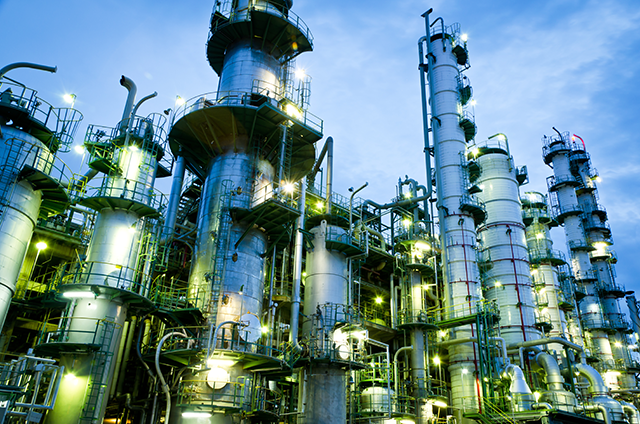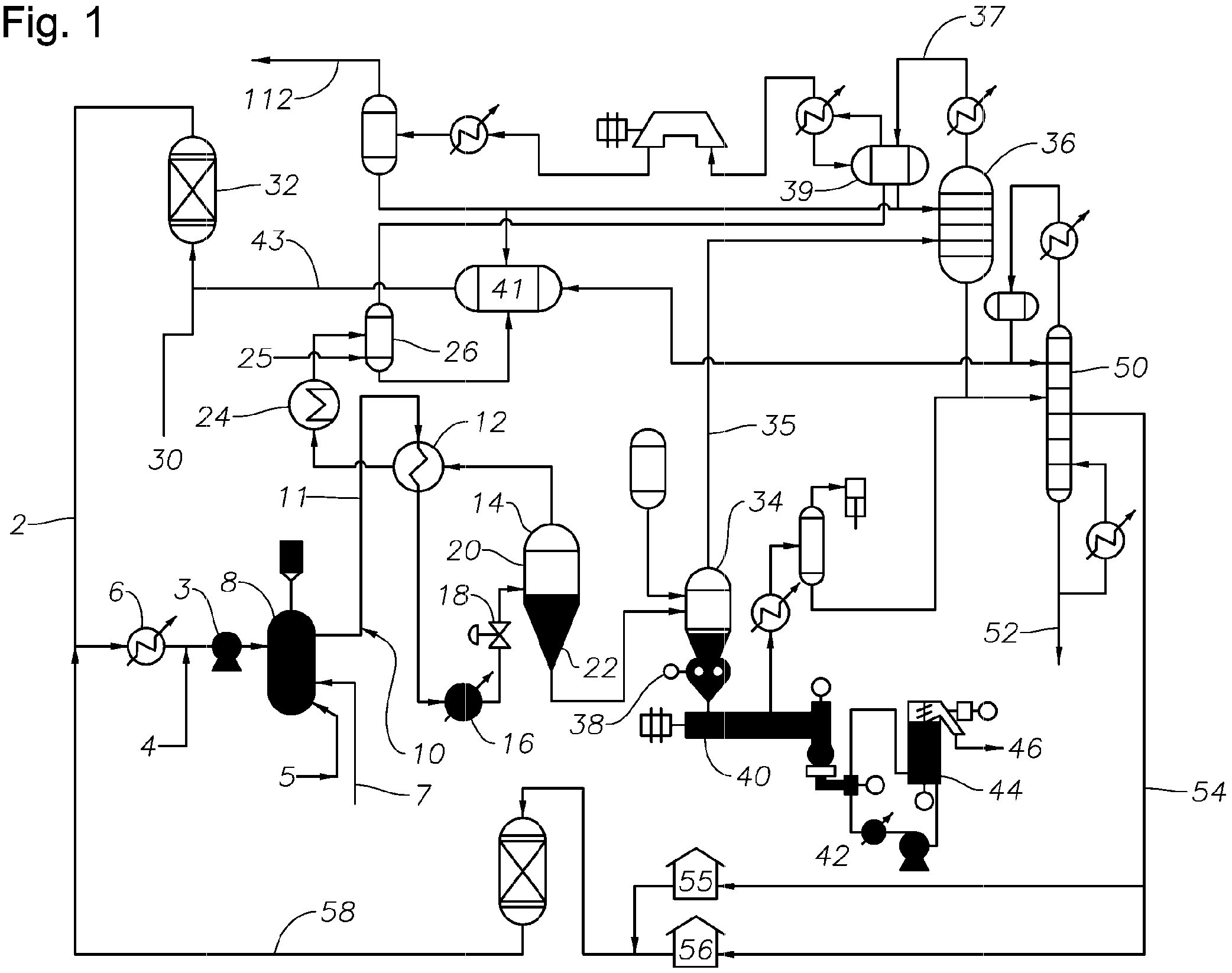Technology

- Name
- ExxonMobil Solution Process
- Owner
-
/ ExxonMobil Main Holding - Brand
- ExxonMobil Continuous Solution Process
- Process
- Polyethylene processes
- Type
- Solution Polymerization of Ethylene
- Available
-

- #TE229
Description
Your insights will be shown here
| Entity | Site (Country) | Asset (Plant) | |||
|---|---|---|---|---|---|

|

|
|
Performance Polymers | ||

|

|
|
Elastomer Plant |
Content provided by
| Transaction | Name | Date |
|---|---|---|
| Modified by |
|
5/15/2024 3:07 PM |
| Added by |
|
5/27/2023 5:00 PM |










